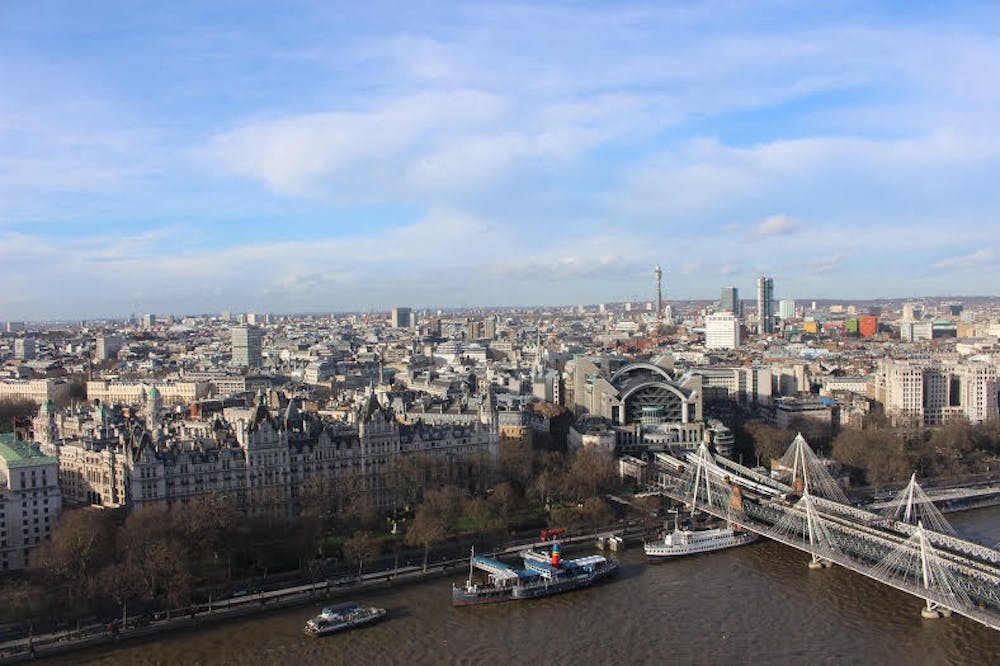London is big.
This statement is brought to you by the “No Duh!” association.
According to the always-reputable Wikipedia, London is 1,572 square kilometers (607 square miles for you Americans). In fact, Greater London is made up of more than eight million people, five airports and a countless number of abandoned red phone booths with pictures of women posing in very uncomfortable positions.
This brings me back to my original thesis: London is big.
Thus, one of my main conundrums entering the land of the actors from “Harry Potter” was figuring out how to get around and not get lost along the way.
Of course, there is walking. Walking is dope. You’ve probably heard of it. Unfortunately, many of the drivers here are unaware of this fact.
Unlike Bloomington, where cars will wait for every student from finite to make it to the bars after class, Londoners drive in a New York state of mind. “The light’s green. I’m going, get out of my way.”
Attempting to jaywalk is essentially suicide because even when you find that gap where there are no cars, a bike will come by and attempt to hit you like a linebacker.
Furthermore, everyone drives on the wrong side of the road. There are still instances where I’ll look to my left, assume all the cars have passed and then nearly get swiped by a bus approaching from the opposite direction.
And now we have reached the second mode of transportation, double-decker buses. Along with the tube system, which we’ll get to in a bit, buses utilize the Oyster Card. This card is the life raft to surviving and when you lose it (and you will lose it) it’s infuriating.
Apparently, the reasoning for its name is that “London is your oyster,” which is adorable if not a tad mawkish, but most of all annoying because I wish I came up with that idea.
The following are things I’ve learned on buses: people don’t always like if you play “Mambo No. 5” too loud on the way to Oxford Circus, don’t continue to push the stop button when approaching your destination because the driver will glare at you, and never assume that you’ll get to where you want to go on time.
Many people, oftentimes “ugly Americans,” will have problems with their card or ask how to get to a certain place that slows the bus to a halt. If you really need to get somewhere and you’re on a time crunch, the tube is the spot for you.
Just like the subway — except for cleaner, fewer mariachi bands, much cleaner, less rats and undeniably cleaner — the tube is the underground transit system that travels throughout London. After a countless number of escalators are ridden into the depths of the city, we have reached the Underground.
What I’ve learned, from the first day onwards, is that the tube is essentially a library. Only whispering is allowed, and if a certain decibel is reached, that unfortunate soul must be sentenced to angry stares and upset head nods.
You’re only allowed to be on a phone, read a book or stare blankly into the abyss. Loud noises are prohibited. It’s fascinating to encounter and definitely frightening. If murder were allowed, the Underground would be jam-packed of the bodies of people who talked on the Piccadilly Line.
These are the main ways to get from place to place, but I have a personal recommendation when leaving a club or pub late in the night.
Get an Uber, because maybe you’ll end up with a driver that will let you and your friends yell and attempt to dance along to Drake’s “Summer Sixteen” on its release night.
Perhaps I’ll try that on the Tube soon.
It was nice knowing all of you.




